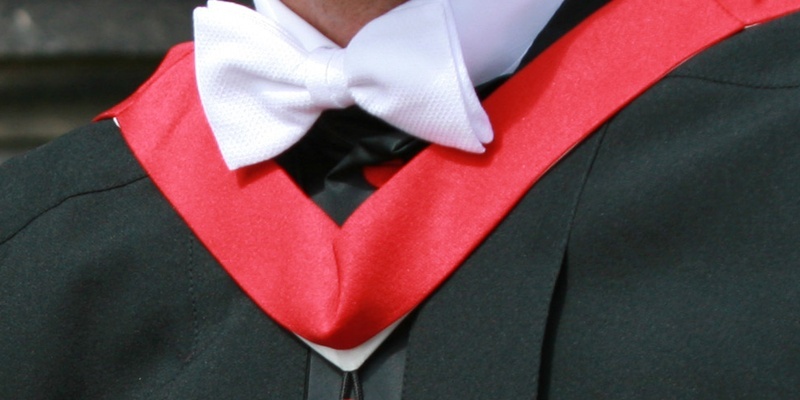While cloaks that can make their wearer invisible sound like something out of a Harry Potter novel, research carried out by a St Andrews University student has suggested the idea may not be as far fetched as some would think.
Under the guidance of leading St Andrews’ invisibility expert Professor Ulf Leonhardt, undergraduate student Janos Perczel has overcome a major hurdle in the development of invisibility cloaks after designing an ‘invisible sphere’ that could allow an invisibility cloak wearer to move around among ever-changing backgrounds.
Professor Leonhardt’s approach to designing an invisibility cloak works on the basis of bending light around an object you wish to conceal, thereby preventing the light from hitting the object and revealing its presence in the eye of the observer.
The key development lies in the ability of the sphere an optical device-to not only remain invisible itself, but to slow down light. Previously light rays have been accelerated around cloaked objects at great speeds, limiting invisibility cloaks to only work in a specified region of the visible spectrum.
Sound complex? It is, but the bottom line is that the new research, published in the Institute of Physics and German Physical Society’s New Journal of Physics, now opens up the possibility for a camouflage-like invisibility cloak that could work against the backdrop of a variety of colours.
During his research, Janos (22) recognised the potential of the invisible sphere and was able to fine-tune it so it was a suitable background for cloaking. He first came up with the idea when he was Professor Leonhardt’s summer student and worked for eight months on how to overcome the technical barriers to make the proposal practicable.
Janos said, “When the light is bent, it engulfs the object, much like water covering a rock sitting in a river bed, and carries on its path making it seem as if nothing is there.
“Light however, can only be sped up, to a speed faster than it would travel in space, under certain conditions and this restricts invisibility cloaks to work in a limited part of the spectrum essentially just one colour.
“This would be ideal if somebody was planning to stand still in camouflage; however the moment they start to move the scenery would begin to distort, revealing the person under the cloak.
“By slowing all of the light down with an invisible sphere, it does not need to be accelerated to such high speeds and can therefore work in all parts of the spectrum.”
Professor Leonhardt has been working on a blueprint for a cloaking device since 2006 and hopes the latest development will mean work towards seeing such a device some to fruition will take a significant step forward.
It has been suggested that invisibility research could also be used to improve visibility, leading to the development of the perfect retroreflectors (cats eyes) and better microscopes.
